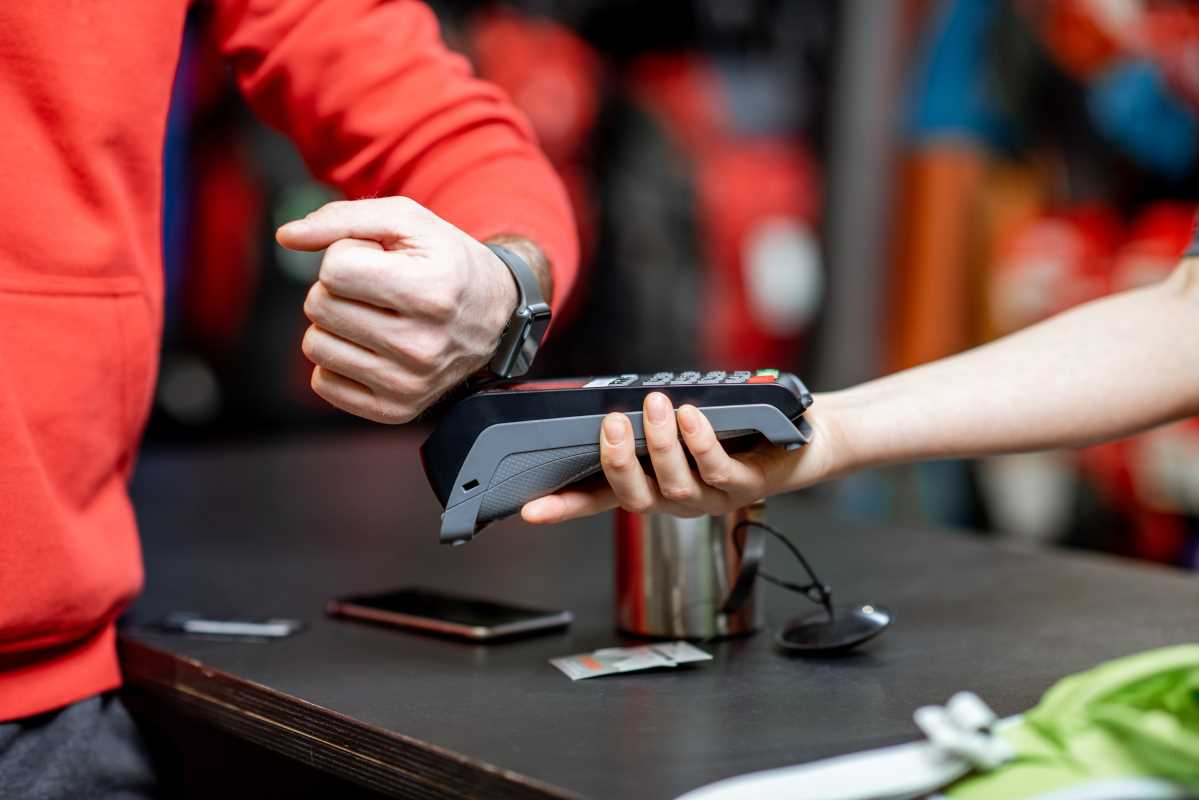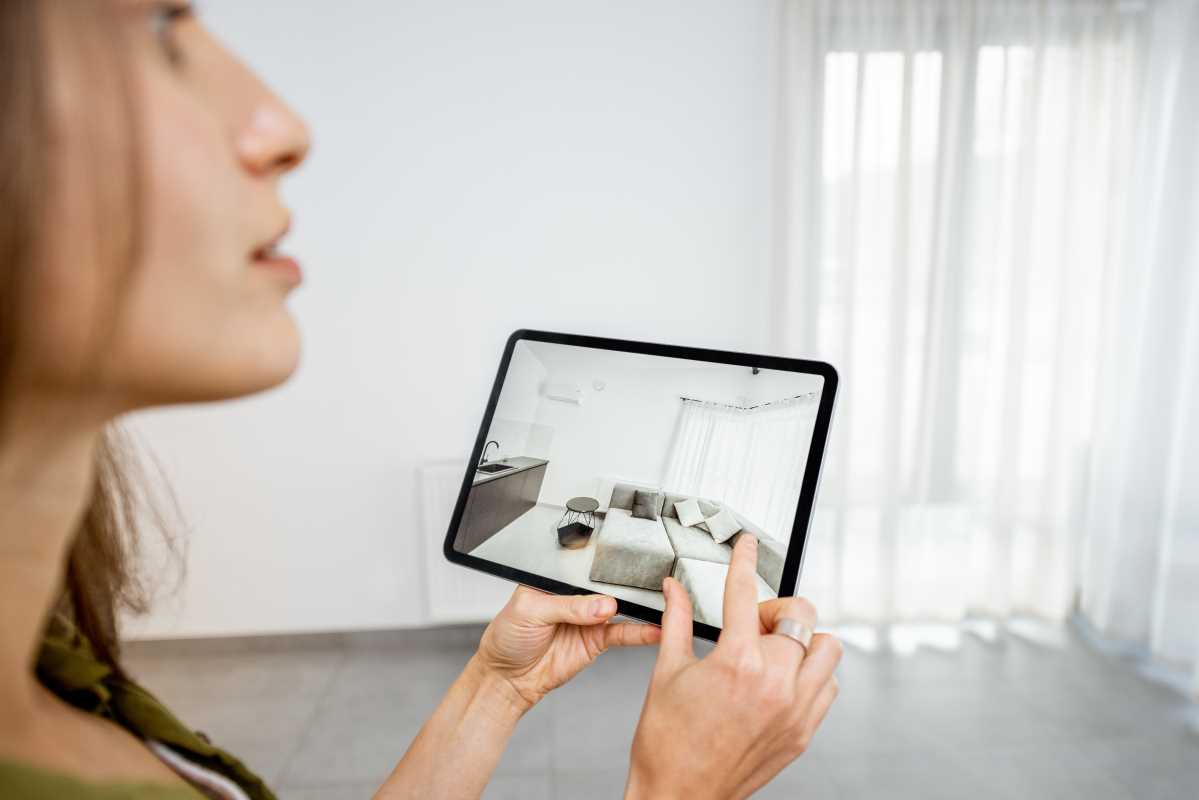In recent years, wearable technology has seamlessly integrated into our lives, offering convenience, enhanced health tracking, and improved productivity. Wearable tech has evolved to cater to diverse needs, from fitness bands and smartwatches to high-tech clothing and augmented reality glasses. Whether you're tracking your steps during a morning walk, staying connected without checking your phone, or monitoring your health in real time, these devices empower individuals to live smarter, healthier lives. As technology becomes more accessible and affordable, wearable devices are no longer a luxury but a practical tool for everyday use. These are some of the best wearable tech options to consider.
Smartwatches: The All-in-One Companion
Smartwatches have become the centerpiece of wearable tech, blending style and functionality in one compact device. Popular options like the Apple Watch Series and Samsung Galaxy Watch offer many features that make daily life easier. With a smartwatch strapped to your wrist, you can manage calls, respond to texts, and even control smart home devices without pulling out your smartphone.
Health and fitness tracking remain key selling points of smartwatches. They can monitor your heart rate, sleep patterns, blood oxygen levels, and log workouts like running, cycling, or swimming. For individuals with busy schedules, features like calendar reminders, GPS navigation, and contactless payment options make these devices indispensable. Additionally, many smartwatches now provide advanced features such as fall detection and emergency SOS for enhanced safety, making them valuable for all age groups.
Fitness Trackers: Your Health at a Glance
Fitness trackers are the go-to wearable for individuals who want a dedicated device for monitoring their health and fitness goals. Unlike smartwatches, fitness trackers offer detailed insights into physical activity and overall wellness. Brands like Fitbit, Garmin, and Xiaomi lead the market with devices that provide features such as step counting, calorie tracking, sleep monitoring, and heart rate analysis.
Many fitness trackers are lightweight, sleek, and comfortable, making them ideal for all-day use. Some models offer reminders to move, hydration alerts, and guided breathing exercises to encourage healthier habits. Fitness enthusiasts also benefit from advanced options, such as tracking specific workouts, measuring VO2 max, and monitoring stress levels. As a more affordable alternative to smartwatches, fitness trackers are perfect for anyone prioritizing their health without additional distractions.
Smart Rings: Small but Mighty
Smart rings are a relatively new addition to wearable technology but have gained popularity for their minimalistic design and impressive capabilities. These small, discreet devices fit comfortably on a finger and pack features like health tracking, contactless payments, and sleep monitoring. Brands like Oura Ring and Motiv Ring are leading the charge in this niche category.
One of the standout features of smart rings is their ability to monitor biometrics without the bulkiness of a smartwatch or fitness tracker. They can accurately track metrics such as body temperature, heart rate variability, and sleep stages. For people who prefer a more subtle wearable, smart rings offer a stylish alternative to traditional fitness devices while delivering similar functionalities.
Wearable ECG Monitors: Health Tracking for the Heart
For individuals with specific health concerns, wearable ECG (electrocardiogram) monitors provide critical insights into heart health. Devices like the KardiaMobile by AliveCor or specialized smartwatches with built-in ECG functions allow users to track irregular heart rhythms and detect potential health issues early.
These monitors are particularly useful for people managing conditions like atrial fibrillation or those who are at higher risk of heart disease. Individuals can share vital health information with their healthcare providers by providing real-time data and reports. Compact and portable, wearable ECG monitors empower users to stay proactive about their cardiovascular health without frequent visits to a clinic.
Smart Glasses: Enhanced Reality in Your Daily Life
Smart glasses bring augmented reality (AR) to the forefront of wearable technology, providing users with a unique and interactive experience. Devices like Google Glass Enterprise and Ray-Ban Stories are examples of how technology and eyewear can merge to offer practical functionality for daily life.
Smart glasses can display information such as notifications, navigation directions, or reminders in your field of view, allowing you to stay connected while keeping your hands free. Certain models incorporate cameras, microphones, and voice assistants for features like taking photos, recording videos, or controlling smart home systems. Although smart glasses are still evolving, they hold immense potential for work, travel, and entertainment applications.
Smart Clothing: Wearable Tech Meets Fashion
Smart clothing combines technology with everyday apparel, allowing users to monitor their physical performance or improve comfort. Brands like Under Armour and Hexoskin have introduced high-tech clothing with embedded sensors to track biometrics like heart rate, breathing patterns, and calorie expenditure during workouts.
For athletes, smart clothing provides actionable data to optimize performance, whether it's a compression shirt with muscle monitoring sensors or socks that analyze the running form. Beyond sports, smart clothing also includes temperature-regulating fabrics, UV protection materials, and clothing with haptic feedback that can aid visually impaired individuals. This emerging segment of wearables is proving that tech can seamlessly blend into fashion without compromising style.
Sleep Trackers: Optimizing Rest and Recovery
Quality sleep is essential for overall health, and wearable sleep trackers help users monitor and improve their sleep habits. While many fitness trackers and smartwatches include sleep-tracking capabilities, dedicated devices like the WHOOP Band or Withings Sleep Analyzer provide in-depth insights into sleep duration, quality, and patterns.
Sleep trackers analyze heart rate, respiratory rate, and movement metrics to determine different sleep stages, including deep, light, and REM sleep. Some devices provide feedback and recommendations to optimize rest, such as adjusting bedtime routines or reducing stress before sleep. These wearables are particularly beneficial for people experiencing sleep-related issues or looking to improve their energy levels and recovery.
Smart Earbuds: A Hands-Free Solution
Smart earbuds are more than just headphones; they provide a seamless, hands-free solution for calls, music, and fitness tracking. Devices like Apple AirPods Pro and Bose Sleepbuds offer features such as noise cancellation, voice assistant integration, and even guided workouts.
Some smart earbuds also include health-tracking features like heart rate monitoring and calorie tracking, making them useful for workouts and outdoor activities. Smart earbuds designed for sleep can mask external noise with soothing sounds, helping users achieve better sleep quality. Compact and multifunctional, these devices provide an easy way to stay connected and healthy without wearing a visible gadget.
Wearable Safety Devices: Peace of Mind
Safety-focused wearables are gaining attention for their ability to provide peace of mind in emergencies. Devices like the Invisawear Smart Jewelry and the Apple Watch SOS feature allow users to send alerts or share their location with emergency contacts. Some wearables include fall detection, panic buttons, or real-time GPS tracking, which are particularly beneficial for seniors, children, and solo travelers.
Wearable safety devices are often designed to be discreet, stylish, and user-friendly, making them accessible to many users. By offering an added layer of security, these wearables provide reassurance for individuals and their loved ones.







